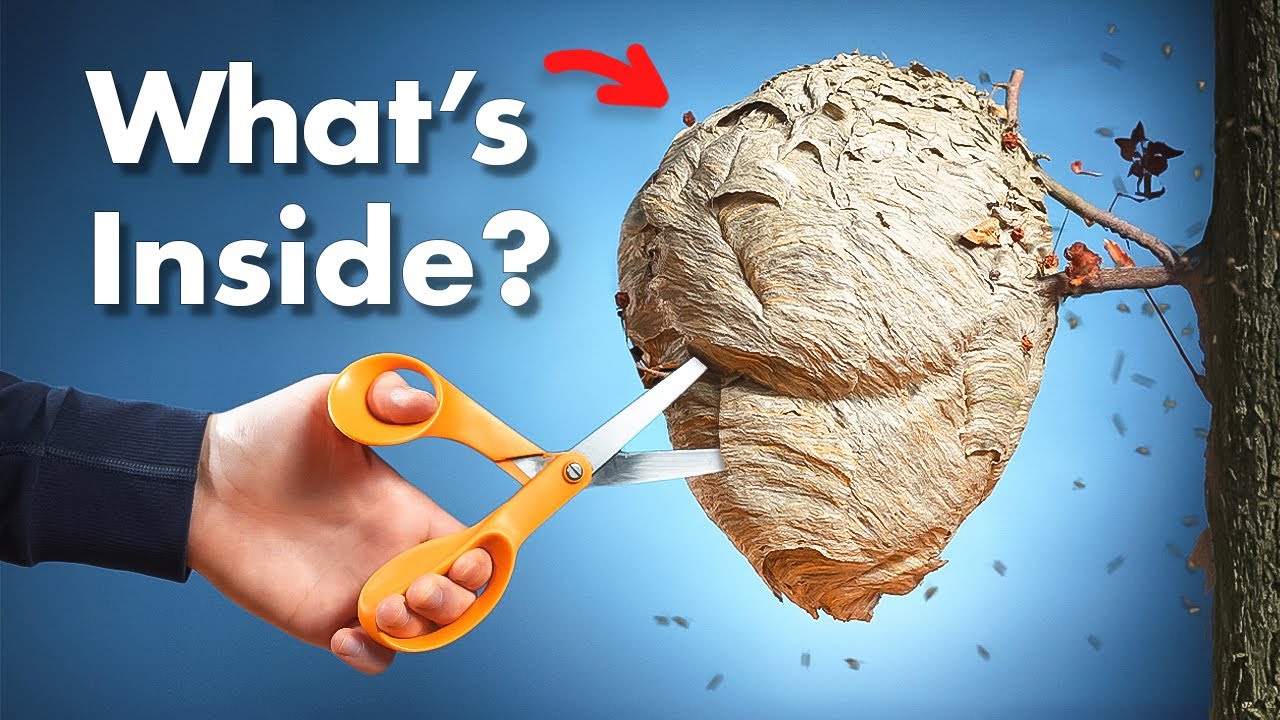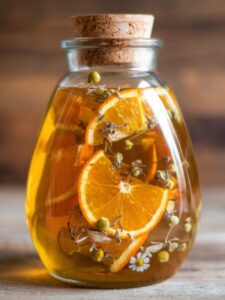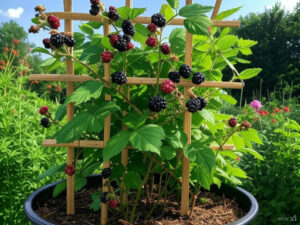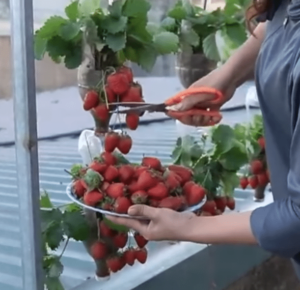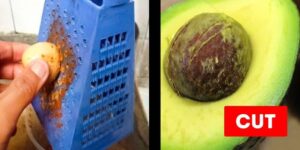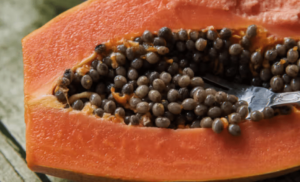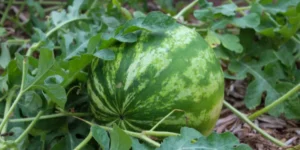What’s Inside a Wasp Nest?: A Fascinating Dissection and Discovery
Exploring the Structure of a Wasp Nest
Have you ever wondered what lies inside a wasp nest? In this detailed dissection, we uncover its intricate structure and a surprising invader that has taken over.
At first glance, the nest is enclosed by multiple layers of paper-like material, which act as insulation. These layers protect the nest from harsh weather, keeping it warm in colder temperatures. However, as we begin our dissection, an unexpected discovery emerges—strange brown tubes protruding from the nest. These were not made by the original wasps but by an intruding species.
Uncovering the Mysterious Mud Tubes
As we peel back more layers, the presence of these mud-like structures becomes clearer. These tubes, made from dried mud, house something intriguing. Carefully opening one reveals a small, orange capsule, and inside it, a tiny insect larva. But what species does it belong to?
Upon examining another tube, we uncover a chamber filled with spider remains. This is a telltale sign of a mud dauber wasp, a unique species that preys on spiders. The mud dauber lays its eggs inside these mud tubes, providing a food source by storing paralyzed spiders. As the larvae hatch, they consume the spiders before forming a protective casing around themselves to undergo metamorphosis.
Revealing the Wasp Nest’s Internal Structure
Beyond the mud dauber’s intrusion, we finally expose the original wasp nest’s comb structure. Beneath the protective paper layers, we uncover rows of comb cells, some of which are capped. A closer inspection reveals something stirring inside—wasp pupae in the final stages of metamorphosis.
These wasps started as tiny eggs before transforming into larvae, spinning a silk cap over their cells, and undergoing metamorphosis. These particular wasps belong to the bald-faced hornet species, known for constructing large paper nests.
The Role of Worker and Drone Wasps
As we delve deeper, we discover multiple tiers of comb, each containing different-sized cells. The smaller cells house female worker hornets, which are responsible for building and maintaining the nest. The larger cells contain male drone wasps, whose primary role is reproduction. These layers are held together by specialized support structures called pedestals, allowing the wasps to move efficiently between levels.
Final Insights and an Exciting New Project
This dissection has revealed the fascinating complexity of a wasp nest and the surprising role of mud dauber wasps as opportunistic invaders. From intricate insulation layers to the structured organization of wasp colonies, nature’s engineering never ceases to amaze.
On a final note, I’m excited to share that I’ve launched a new educational channel, Charlie Puddle, where I explore a variety of intriguing topics beyond the animal kingdom. In the first video, I analyze Albert Einstein’s high school report card to uncover just how brilliant he was as a student.
If you found this article fascinating, be sure to check out my new channel and subscribe for more engaging educational content!
Share this content:
